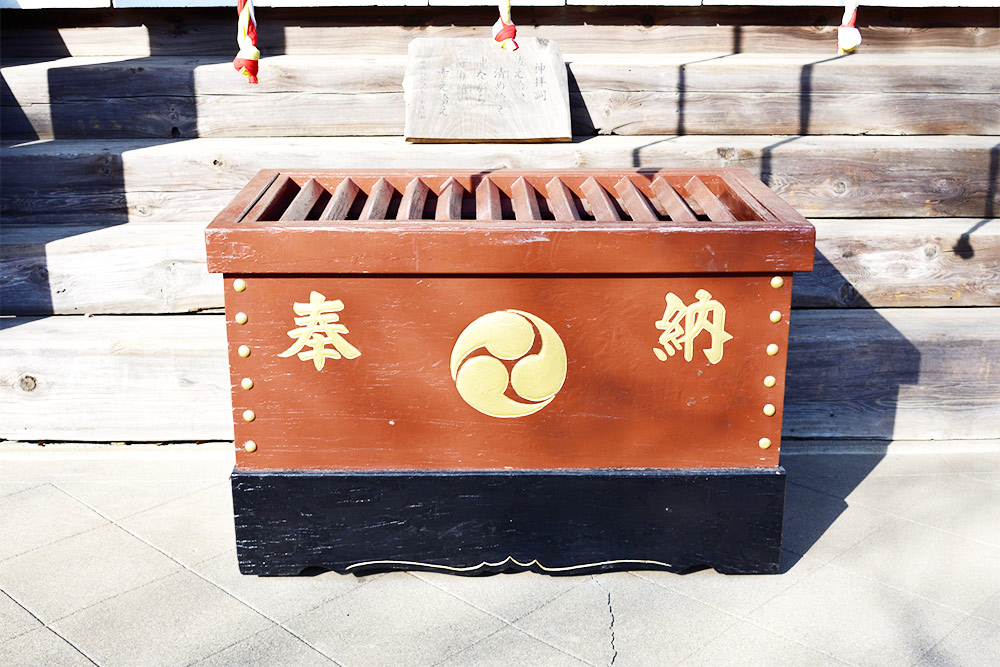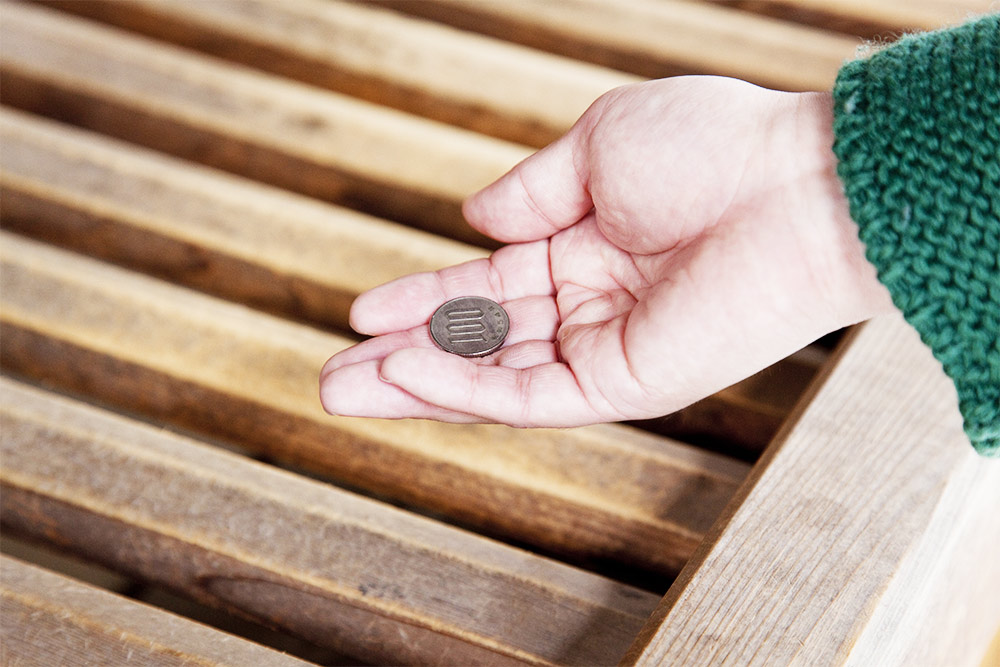When you visit a shrine, you put money in a special box. This box is called a “Saisen-box”. And the money that is put into the “Saisen-box” is called “O-Saisen”. The reason for paying this “O-Saisen” is to express gratitude and reverence, or as a thank you or courtesy for making a request. Or, it can be understood as a kind of donation. In the past, people offered not only money but also food and drink such as rice, sake, vegetables, or fish, as well as fabrics or handicrafts (called “Go-Kumotsu”) instead of money. (※Nowadays, for hygiene and safety reasons, “money” is the only way to make a monetary offering) Even in religious facilities such as Buddhism and Christianity, people sometimes donate money, right? The way to do it, the etiquette, etc. are all different, but in the sense of expressing gratitude and reverence, they will be the same.

Now, how much money should we put in the “Saisen-box” when visiting a shrine? Is there some kind of rule or etiquette regarding the amount of money we should pay as “O-Saisen”. Some people may wonder, right? It doesn’t matter how much you pay for “O-Saisen”. As long as it is with your gratitude and reverence. You may be thinking, “But… what’s the right amount?” Don’t worry. It really doesn’t matter how much you pay. If you are not making a wish for anything in particular, but just visiting to say daily thank or to greet, you may put in some small coins you have (usually ¥10, ¥50, ¥100). Oh, and of course, you can pay for more than one coin, depending on how you like to pay. If you want to make a wish or thank for granting your wish in the past, you may spend a little more than usual like these (¥10→¥50or¥100、¥50→¥100~¥500、¥100→¥200~¥1,000、¥500→¥1,000~) Well, it depends on what kind of wish you want to make, doesn’t it? In all cases, what is important will be your gratitude and reverence for Gods.
In another article, we mentioned that there is a concept called “Gen-Katsugi (Practice Superstition)” in Japan. This concept of “Gen-Katsugi” is often used when deciding the amount of “O-Saisen”. This is the way to replace the meanings of the wish with the amount of money (number) using “Japanese playing on words”. (※This “Japanese playing on words” is called “Goro-Awase”) There are also a lot of standard “Goro-Awase” that are widely known to the general public. This is one of the typical Japanese culture. There are quite a few ways to read numbers in Japanese. For example…
1, 2, 3, 4, 5, 6, 7, 8, 9, 10…
→ichi, ni, san, yon(or “shi”), go, roku, nana(or “shichi”), hachi, kyu(or “ku”), jyu…
→hi, fu, mi, yo, i(or “itsu”), mu, na(or “nana”), ya, ko(or “koko”), to(or “toh”)…
In addition to these, there are many special ways to read the month, date, age, etc., and even foreign language readings can be cleverly incorporated. Nowadays, there are quite a few different ways to substitute numbers using this “Goro-Awase”. For example, if making it easier to recall a year by associating it with an event of that year or a string of numbers such as someone’s phone number. It’s quite interesting.
This time, we would like to show you a few standard “Goro-Awase” related to the amount of “O-Saisen”. Please refer to them when you visit a shrine.
・¥5 → It means “Good fortune”.
・¥10 → It means “May a fulfilling life be”.
・¥45 → It means “Always, may a good fortune be”.
・¥100 → It means “May a very fulfilling life be well”.
・¥115 → It means “May a very good fortune be”.
・¥415 → It means “May a very good fortune be!!”
・¥777 → It means “LUCKY 3-SEVEN!!”
・¥800 → It means “May a better future be!!”
・¥1118 → It means “May many good things come to me!!”
・¥4118 → It means “May many many good things come to me!!!”
・¥10,000 → It means “May all be well!!!”




_op.png)
_001.png)
_002.png)
_003.png)
_004.png)
_005.png)
_006.png)
_007.png)
_008.png)
